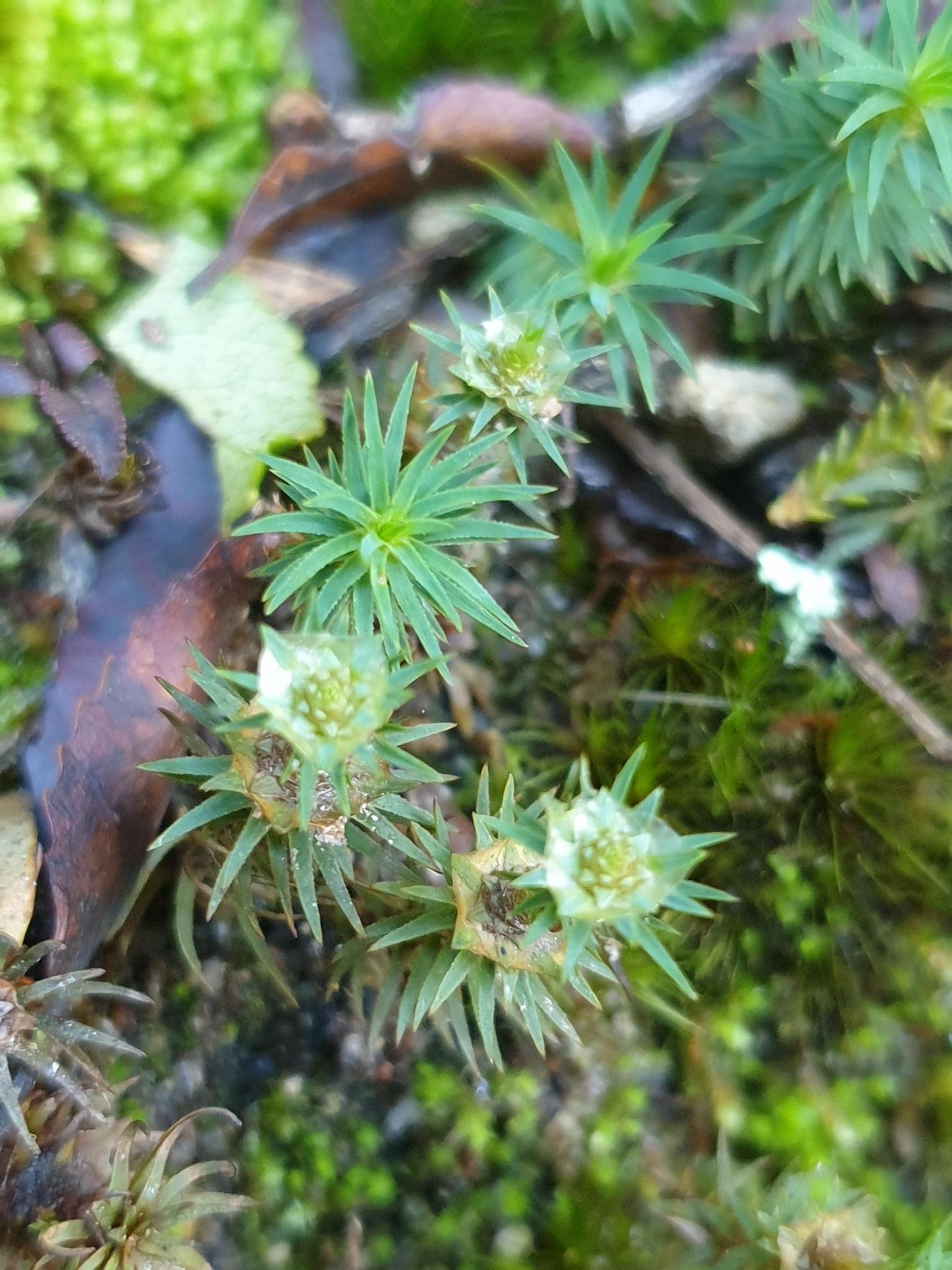
original.jpeg from: https://www.gbif.org/es/species/2682901
Exploring the Fascinating World of Breutelia dicranacea Moss
Introduction
Mosses are often overlooked, but they play crucial roles in ecosystems around the world. One particularly interesting species is Breutelia dicranacea (Müll.Hal.) Mitt., a moss in the Bartramiaceae family. In this blog post, we’ll take a closer look at this fascinating plant, from its unique morphology to its global distribution and ecological importance. Get ready to dive into the miniature world of Breutelia!
Background on Mosses
Before we focus on B. dicranacea specifically, let’s review some background on mosses in general. Mosses are non-vascular plants in the division Bryophyta. Unlike other land plants, they lack true roots, stems, and leaves. Instead, they have rhizoids, stems, and phyllids. Mosses are found on every continent and play important roles in water and nutrient cycling, erosion control, and providing habitat for other organisms.
Morphology and Identification
Breutelia dicranacea is an acrocarpous moss, meaning it produces sporophytes at the tips of the stems. Its stems are 1-4 cm tall and moderately branched. The leaves are lanceolate and have a single costa (midrib) that extends to the leaf tip. The leaf margins are serrate (toothed).
One key identification feature is the capsule morphology. B. dicranacea has a cylindrical capsule on a long seta (stalk). The capsule is inclined to horizontal and has longitudinal ridges when dry. The peristome (toothed structure around the capsule mouth) is double.
Global Distribution and Habitat
B. dicranacea has a wide distribution, found in Africa, Asia, Australia, Central America, North America, and South America. It typically grows on soil, rocks, or tree bases in moist, shaded habitats like forests and ravines. The species is found from lowland to montane elevations.
Ecological Roles and Adaptations
Like other mosses, B. dicranacea plays important ecological roles:
- Water retention: The dense mats of moss help absorb and slowly release water, regulating moisture in the environment.
- Nutrient cycling: Mosses trap and cycle nutrients, making them available to other organisms.
- Erosion control: By stabilizing soil, mosses help prevent erosion.
- Habitat provision: Many small invertebrates live among the moss mats.
B. dicranacea has several adaptations that allow it to thrive:
- Desiccation tolerance: The moss can survive periods of drying out and rehydrate when moisture is available again.
- Rhizoids: These root-like structures help anchor the moss and absorb water and nutrients.
- Leaf morphology: The toothed leaf margins and costa help channel water down the stem to the rhizoids.
Conclusion
Breutelia dicranacea is a prime example of how even tiny organisms can be fascinating and play major roles in ecosystems. Next time you’re out in nature, take a closer look at any mossy patches you find – you may just spot some Breutelia! What other cool moss species have you encountered?